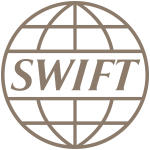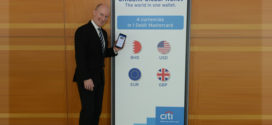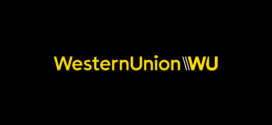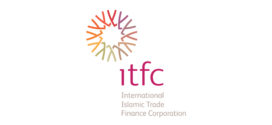 SWIFT RMB Tracker shows the euro is now the second-most-active currency for trade finance, whilst the RMB slips to position number three
SWIFT RMB Tracker shows the euro is now the second-most-active currency for trade finance, whilst the RMB slips to position number three
Brussels, 23 November 2016 – Since the launch of the first SWIFT RMB Tracker in November 2011, the RMB has shown stellar growth for payments, whilst RMB usage by value in traditional trade finance – letters of credit and collections – has been decreasing since 2014. The Chinese currency is now the third-most-active currency in trade finance, after the euro, with a share of 4.61%. Three years ago, the RMB was ranked #2 in trade finance with a share of 8.66%. Since October 2013, the trade finance values in RMB have decreased by 66%, whilst trade finance across all currencies decreased in value by 35%.
“The general slowdown of the Chinese and world economies over the past few years has impacted global trade growth across all currencies, not just the RMB,” says Michael Moon, Head of Payments Markets, Asia Pacific, SWIFT. “For example, commodities trade growth has been declining as evidenced by the reduction of documentary trade. On a positive note, the inclusion of the RMB in the Special Drawing Right (SDR)[1] basket should generate further trust and confidence in the RMB currency and support further RMB internationalisation.”
In terms of international payments, compared to September 2016, the RMB has dropped one position to #6 in the currency rankings for international payments, with a share of 1.67%. This month’s decrease is likely due to seasonal effects following the Golden Week holiday in China in October. RMB payments value decreased by 22.44% compared to September 2016, whilst in general all payments currencies decreased by only 5.96%.
[1] The SDR is an international reserve asset, created by the IMF in 1969 to supplement its member countries’ official reserves. As of March 2016, 204.1 billion SDRs (equivalent to about $285 billion) had been created and allocated to members. SDRs can be exchanged for freely usable currencies. The value of the SDR is based on a basket of five major currencies—the U.S. dollar, euro, the Chinese renminbi (RMB), the Japanese yen, and pound sterling—as of October 1, 2016. Source: International Monetary Fund.
 Cash And Trade Magazine For Cash and Trade professionals in the Middle East
Cash And Trade Magazine For Cash and Trade professionals in the Middle East




